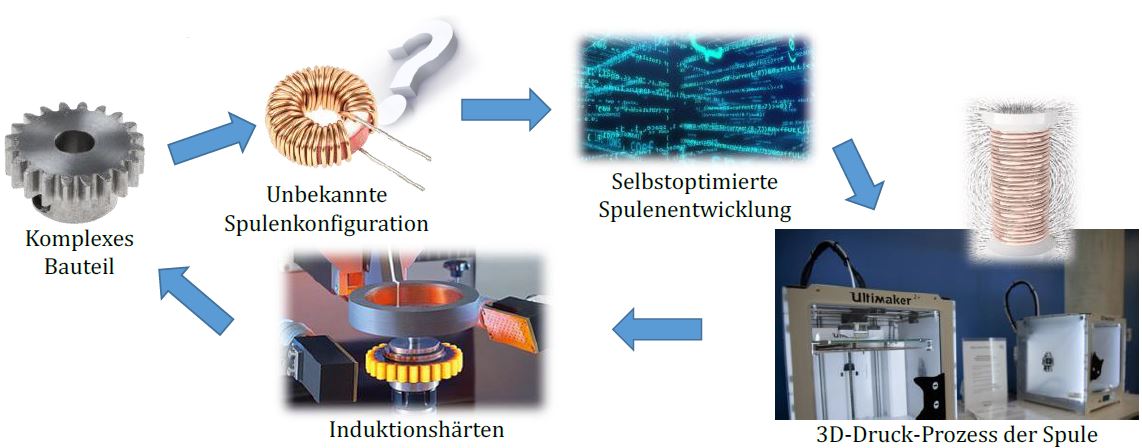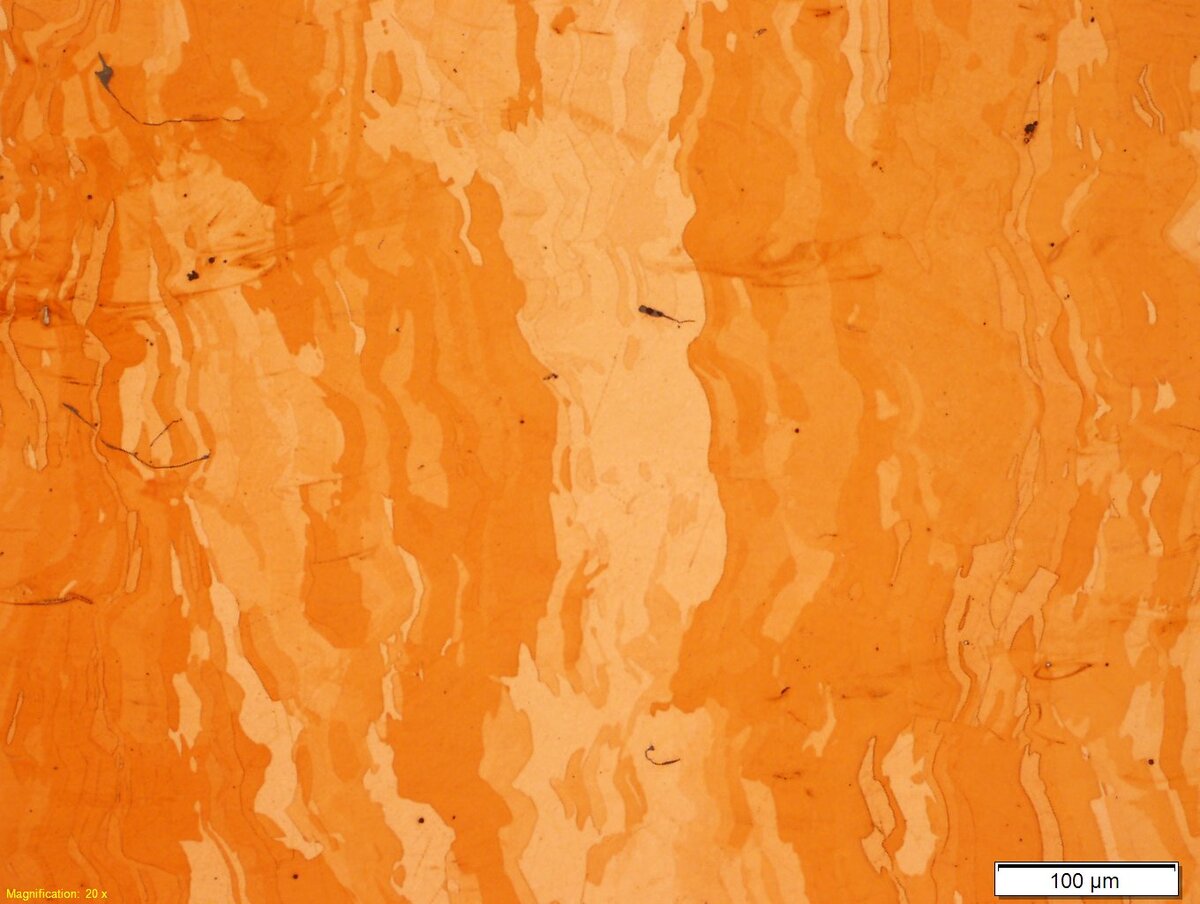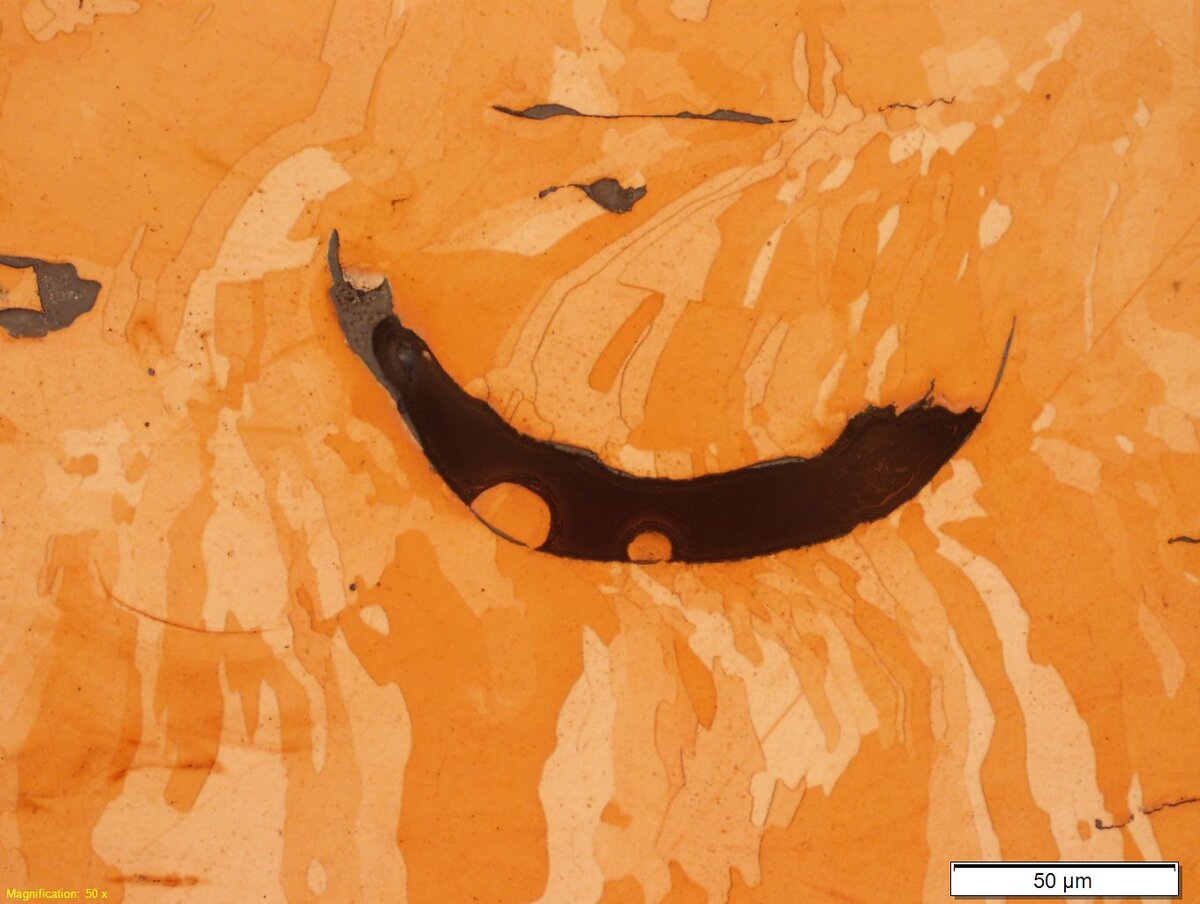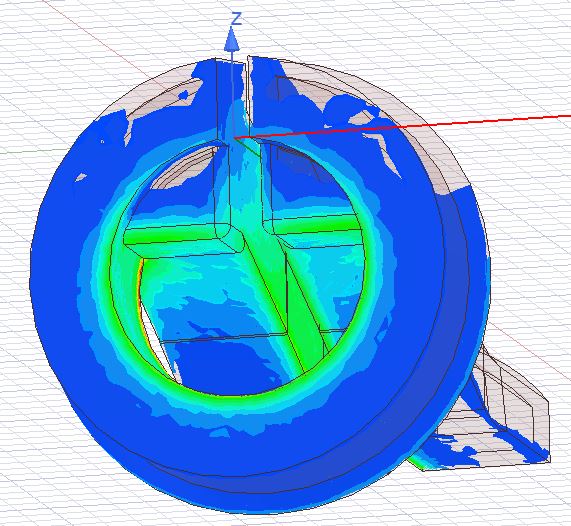Characterization and optimization of additive manufactured Cu inductors for complex components
M.Sc. James Damon
Motivation
Induction hardening offers the potential to achieve local increases in hardness on complex components and thus to improve service life. A major cost driver in the development of new induction hardening processes is inductor development. The inductors are usually made of a Cu-alloy, which poses high demands on the process control of additive manufacturing. Additive manufacturing offers the potential to enable new inductor designs and thus enormously improve performance and development time. The basis for this is an optimization simulation, which, taking into account the general conditions of additive manufacturing, generates a coil geometry suitable for the component.
Goals
- Development and verification of a multiphysical simulation model for mapping the electromagnetic power applied.
- Characterization of novel printable copper alloys to determine the performance and possible limitations of coil manufacturing. By means of characterization, the local microstructure is recorded and the effects on the electrothermal capabilities in the inductors are derived.
Investigations
- Development of an optimization approach for the multiphysical simulation model to determine optimal inductor geometries and predict the hardening effect in complex shaped components
- Microstructural analysis (Metallography, Porosity analysis)
- Analysis of the local porosity by computer tomography
- Conductivity tests on inductors and test bodies in dependency of geometry and microstructure




